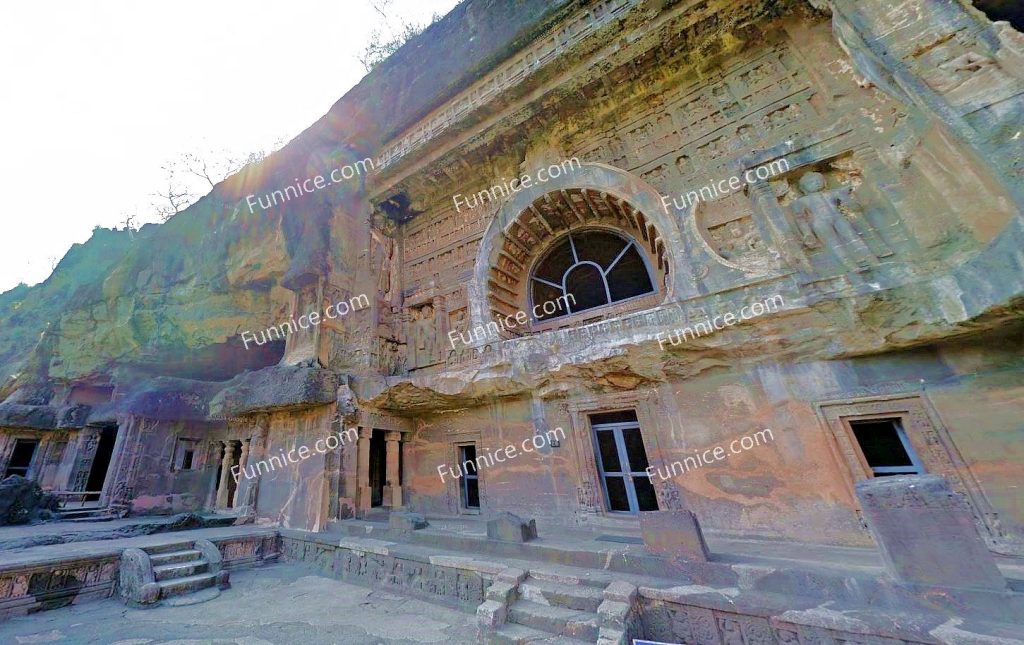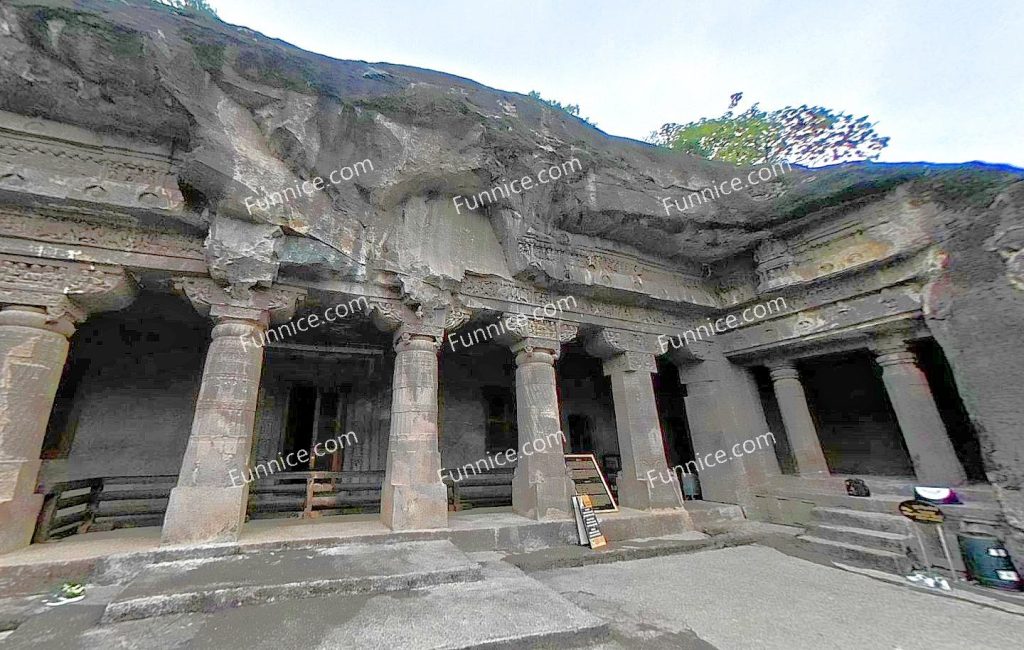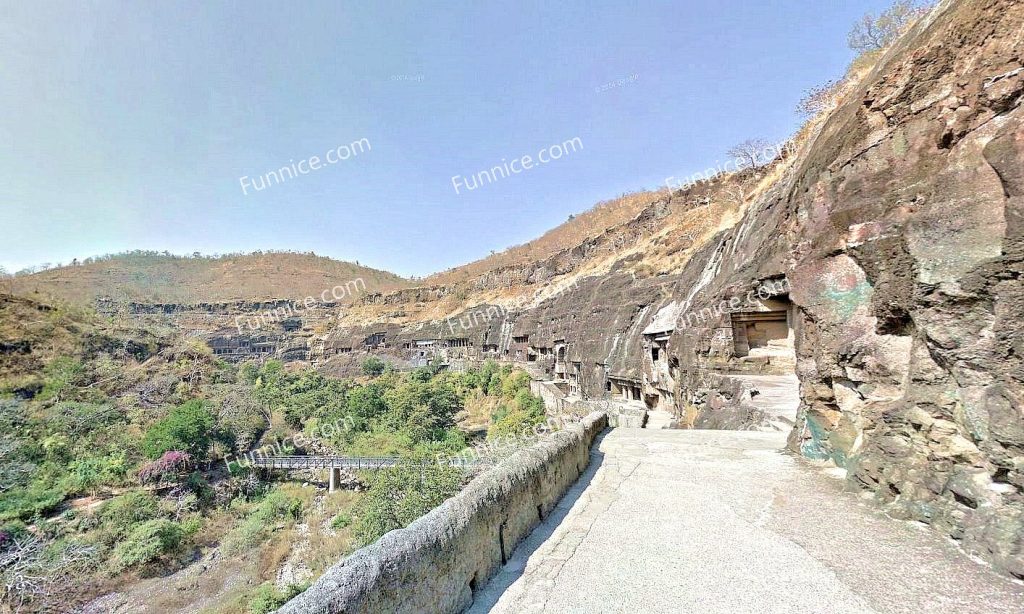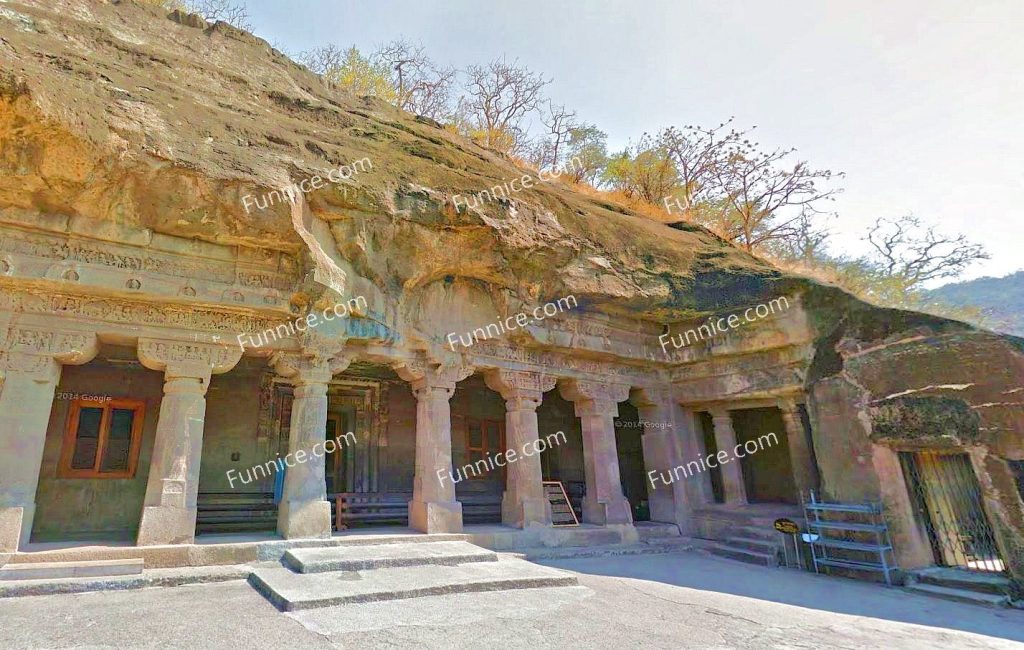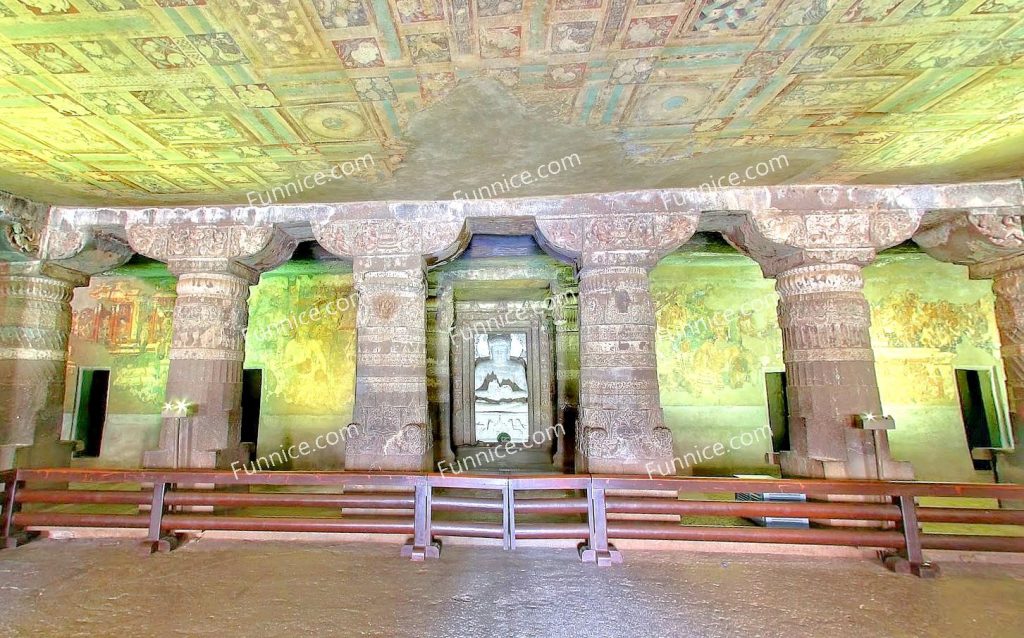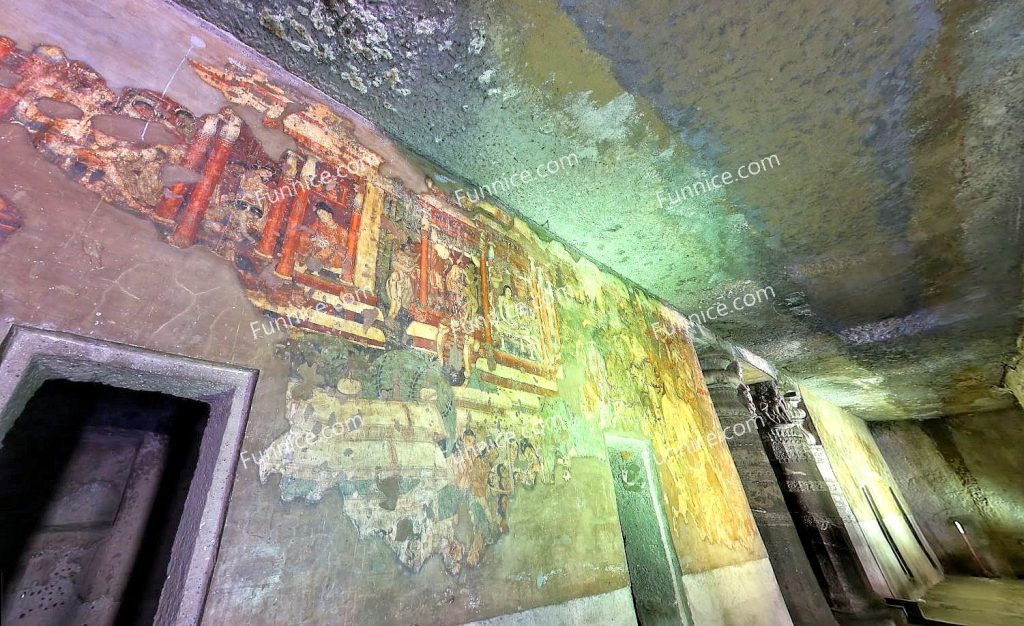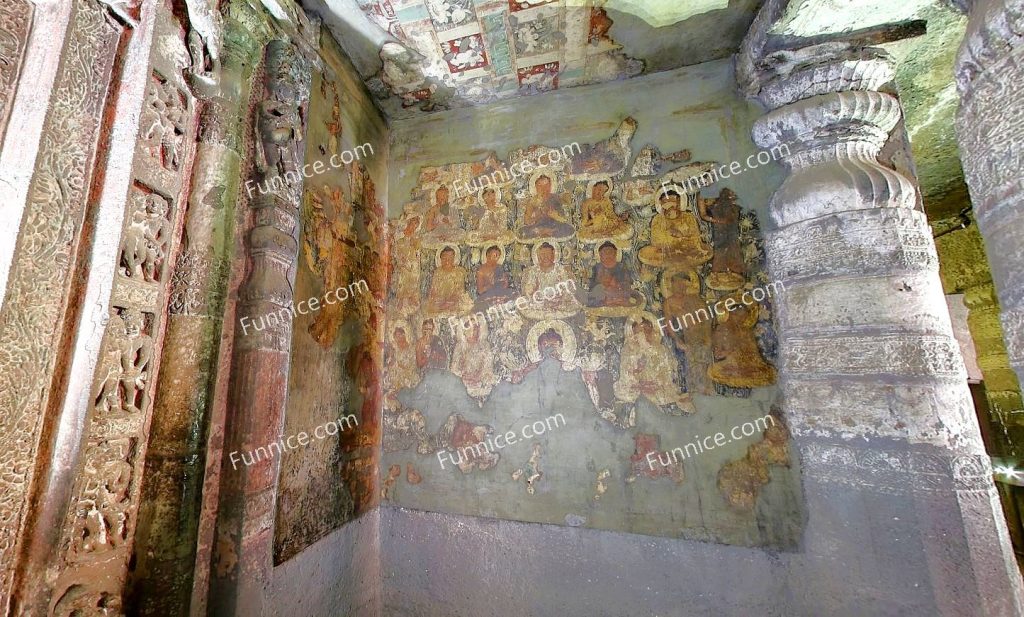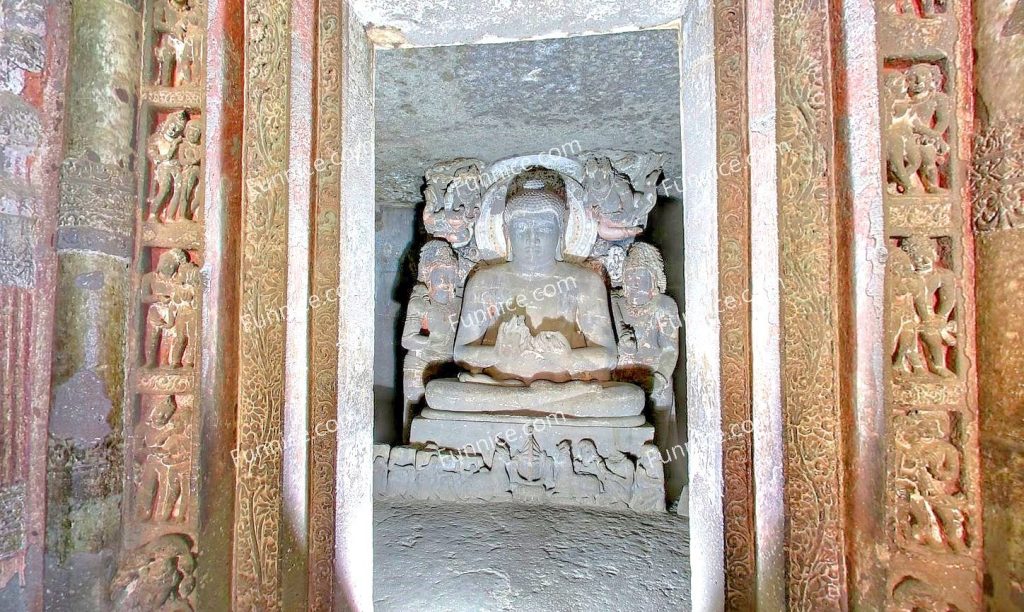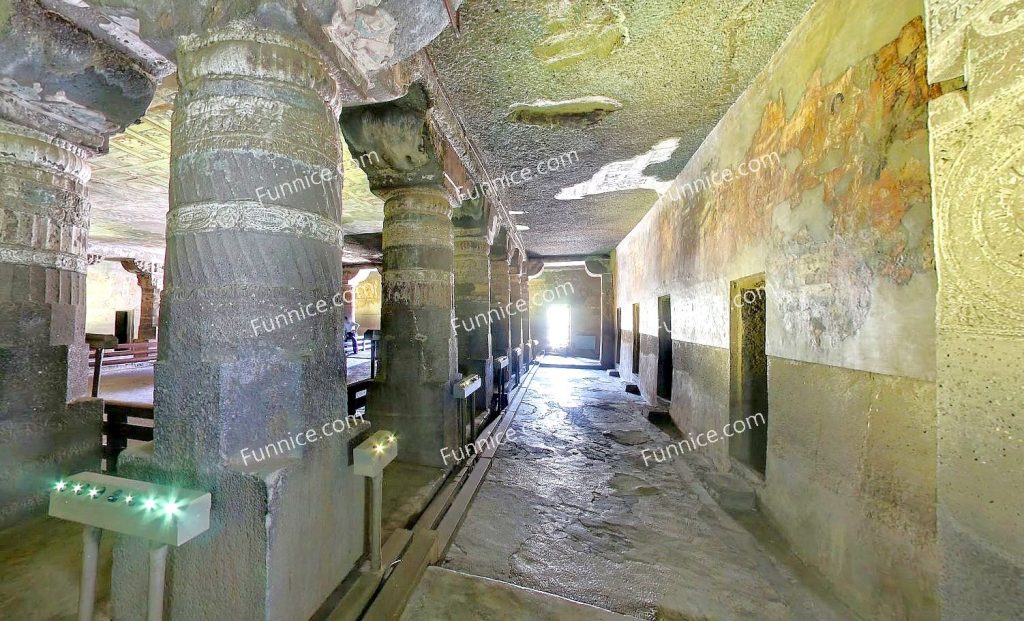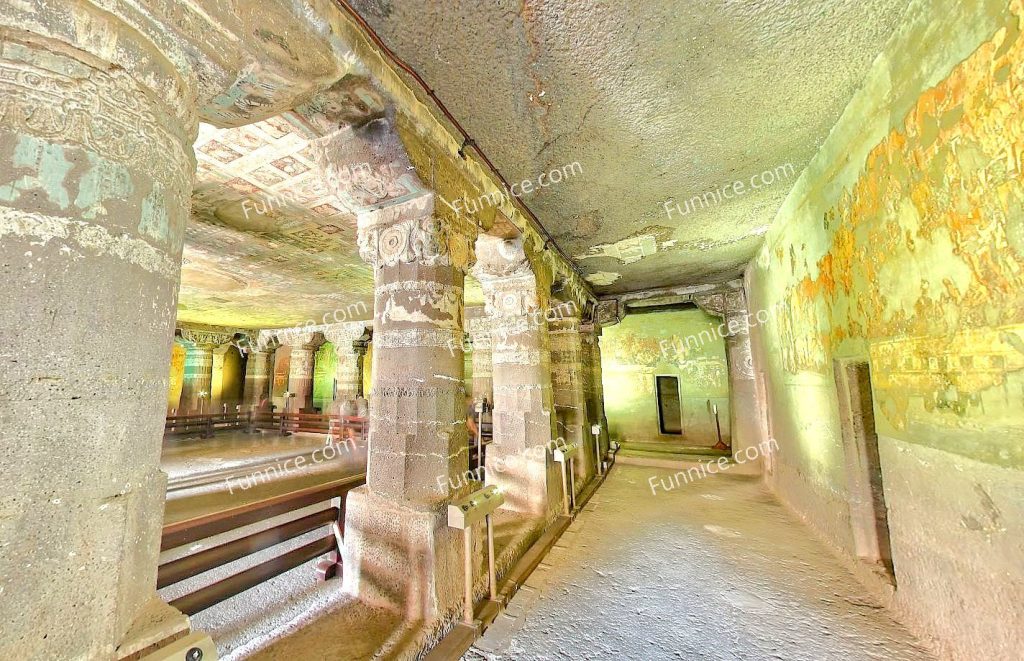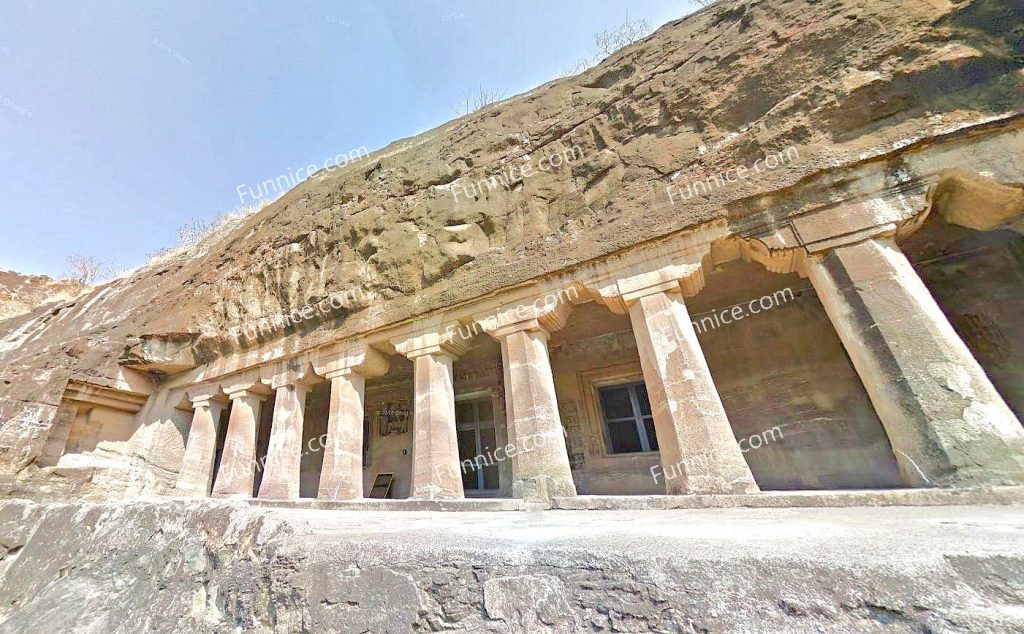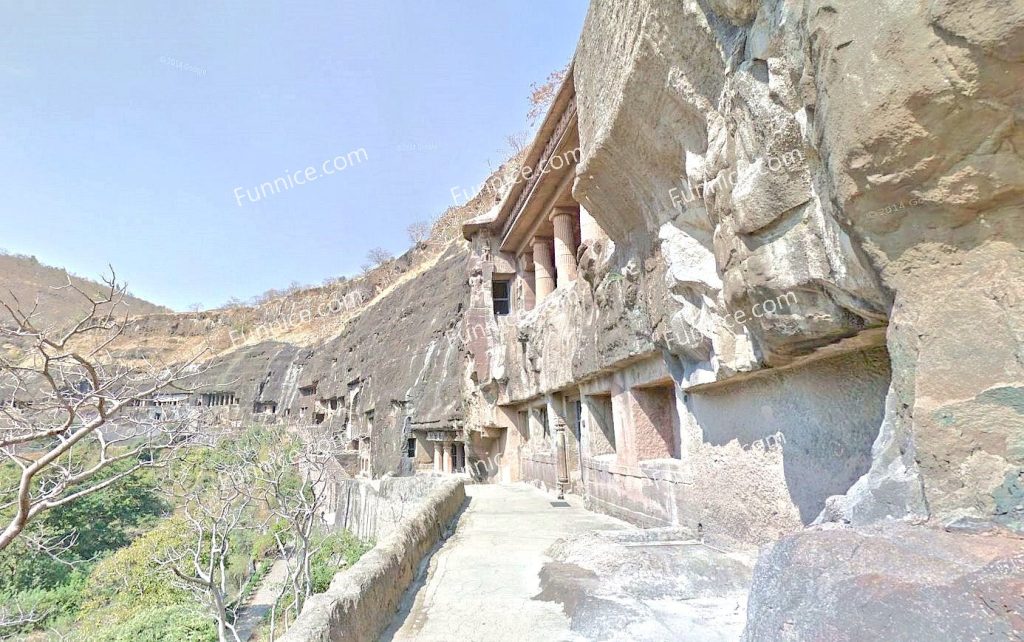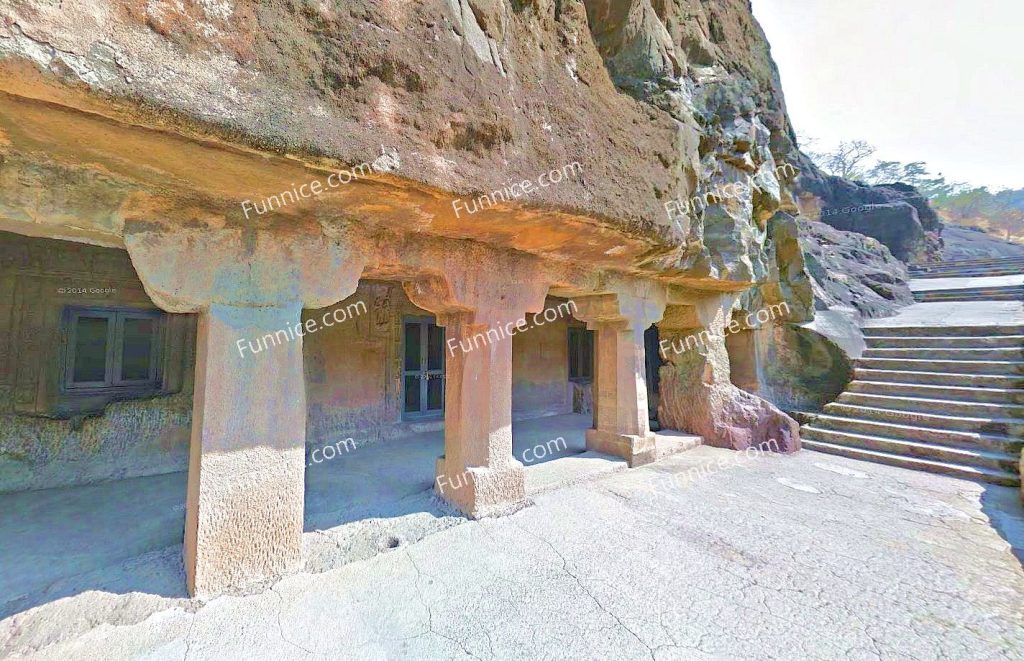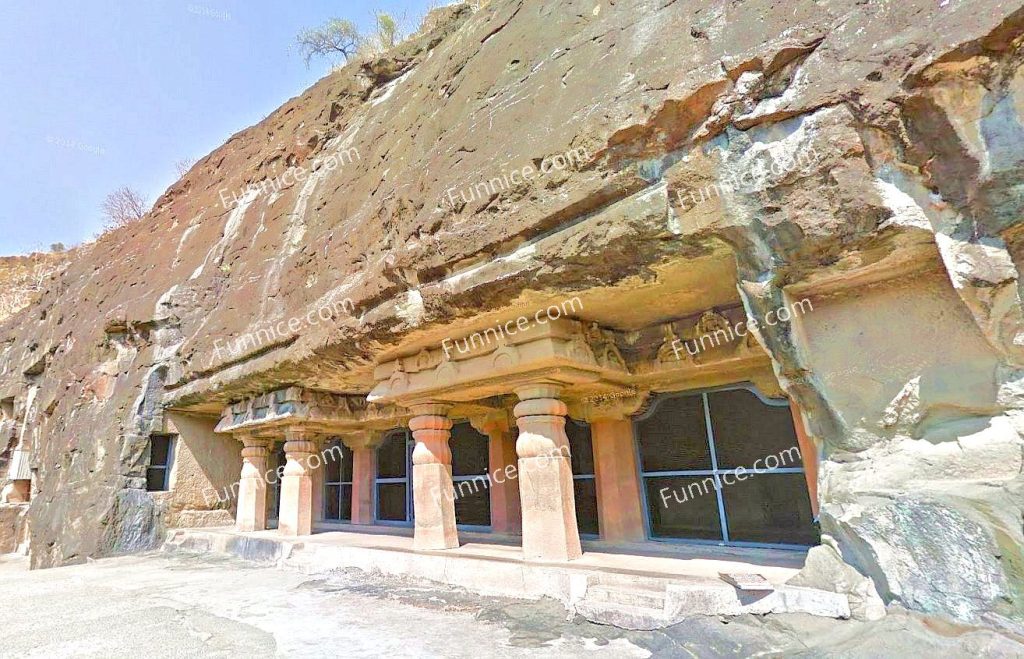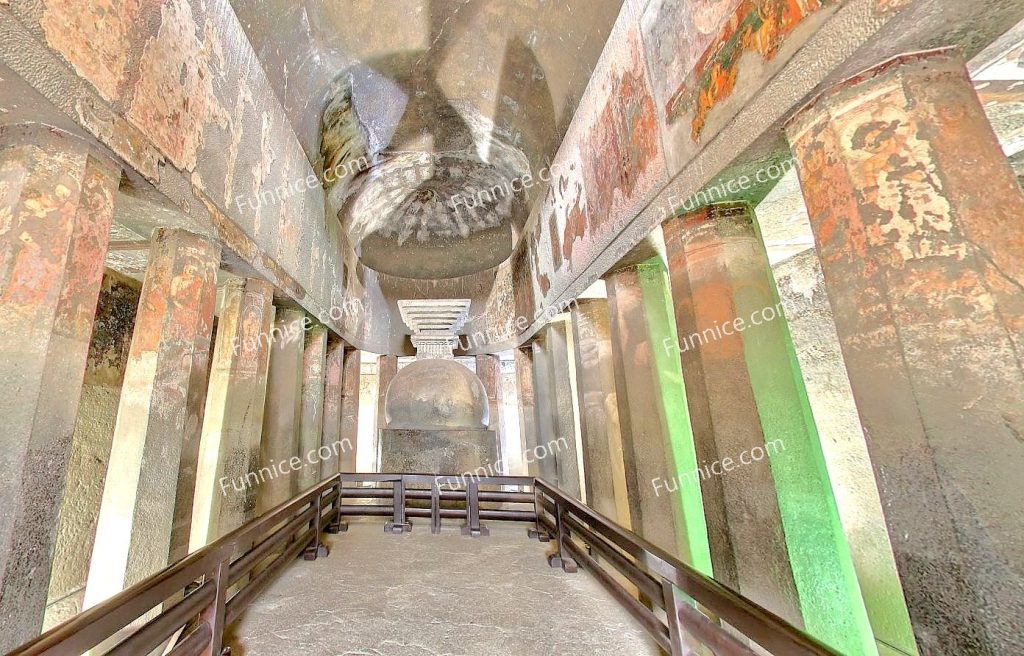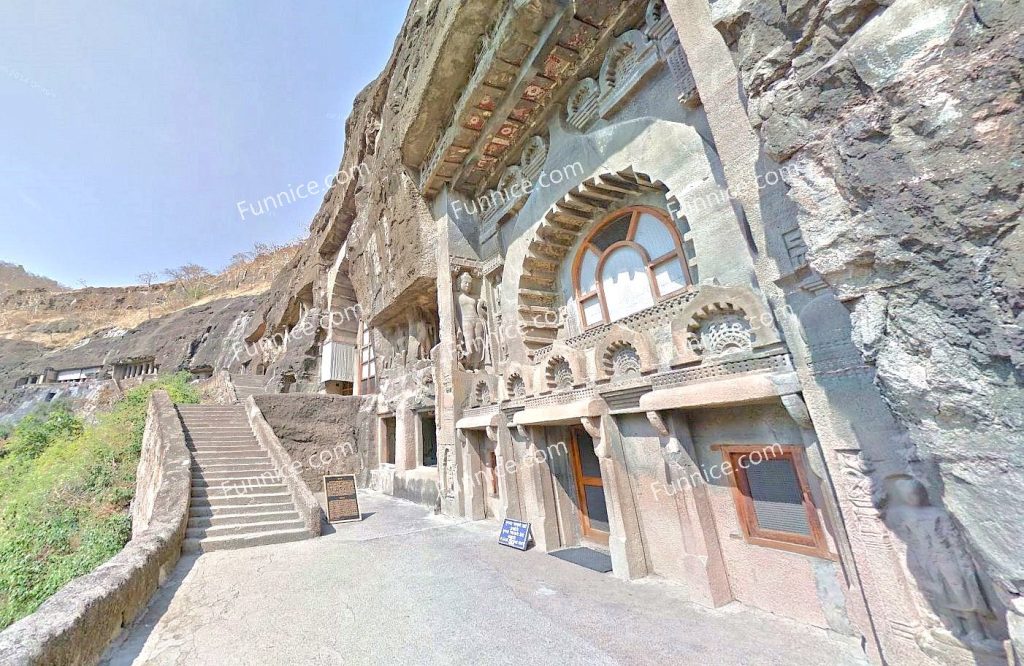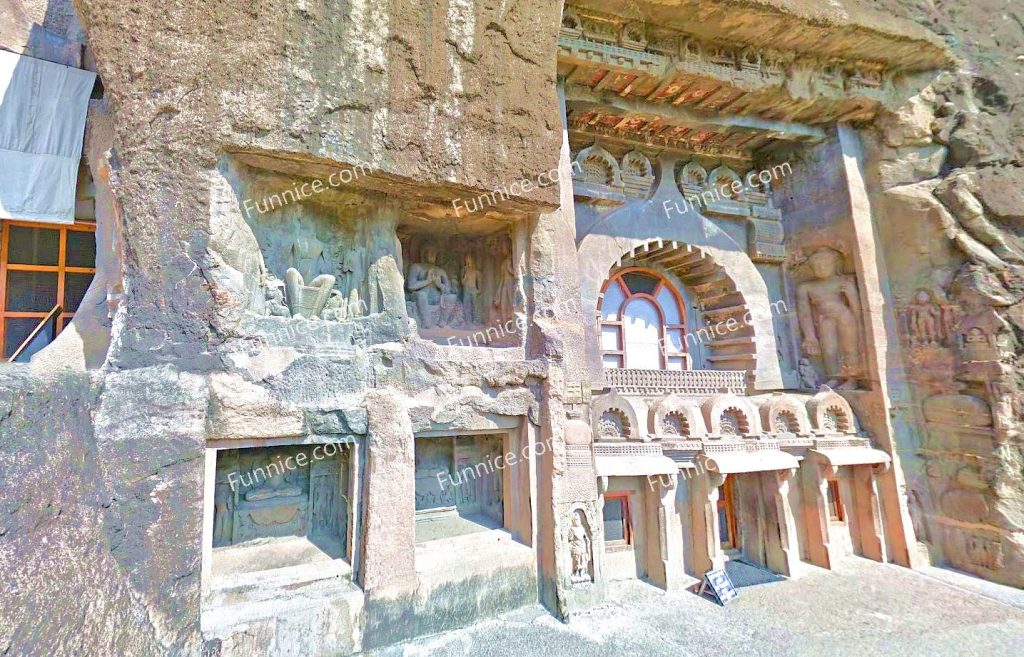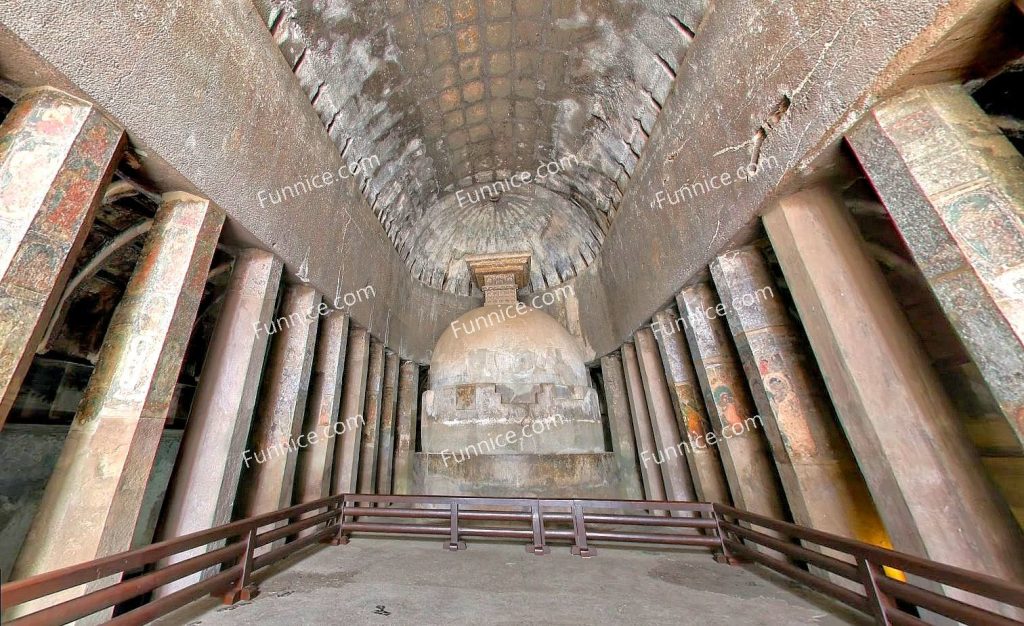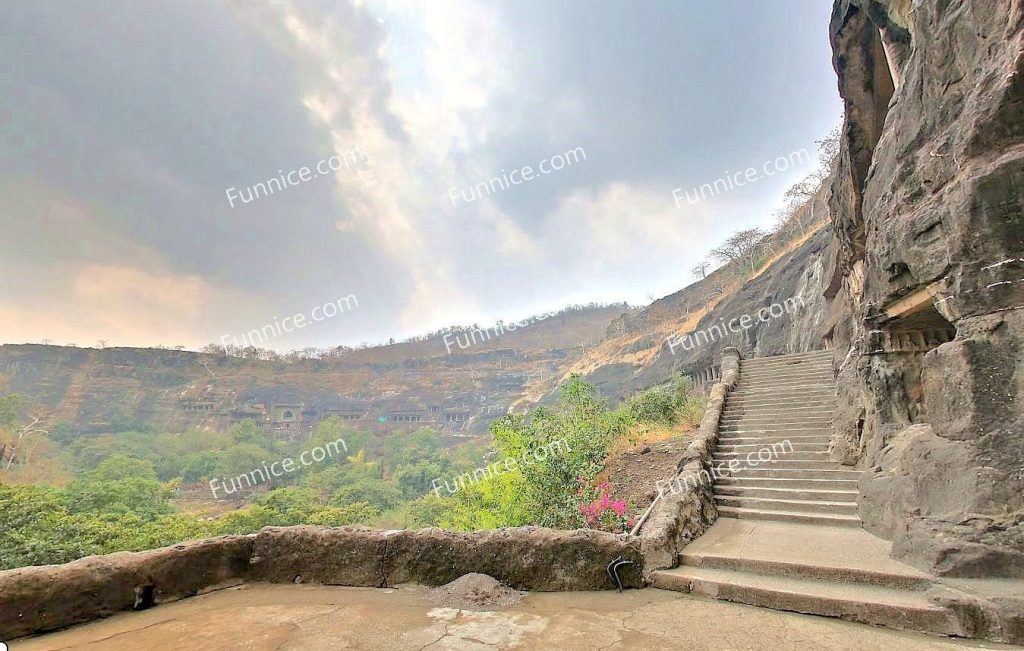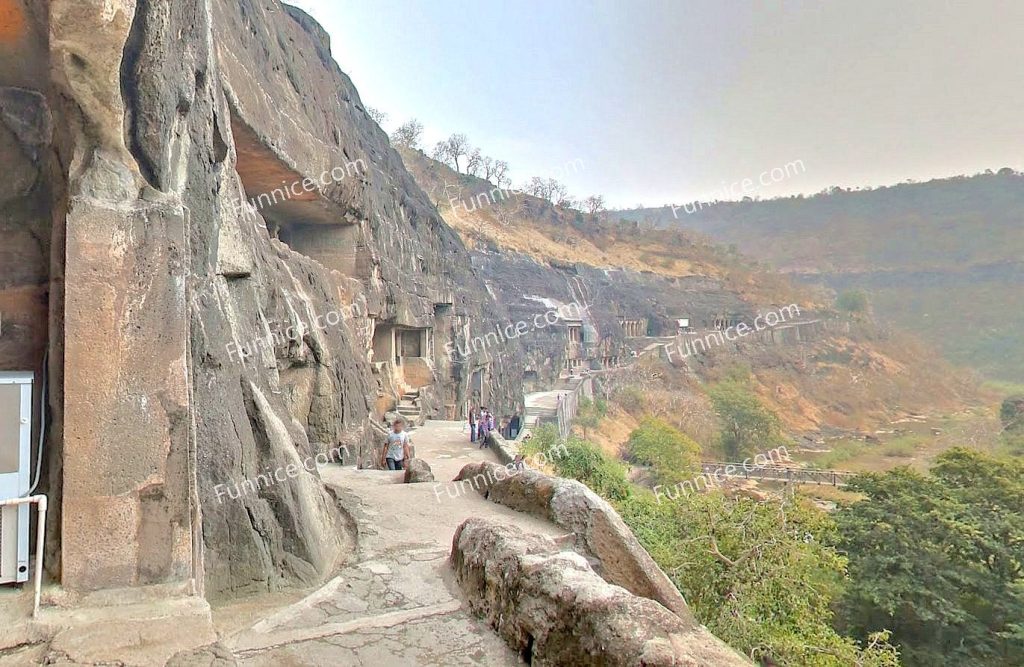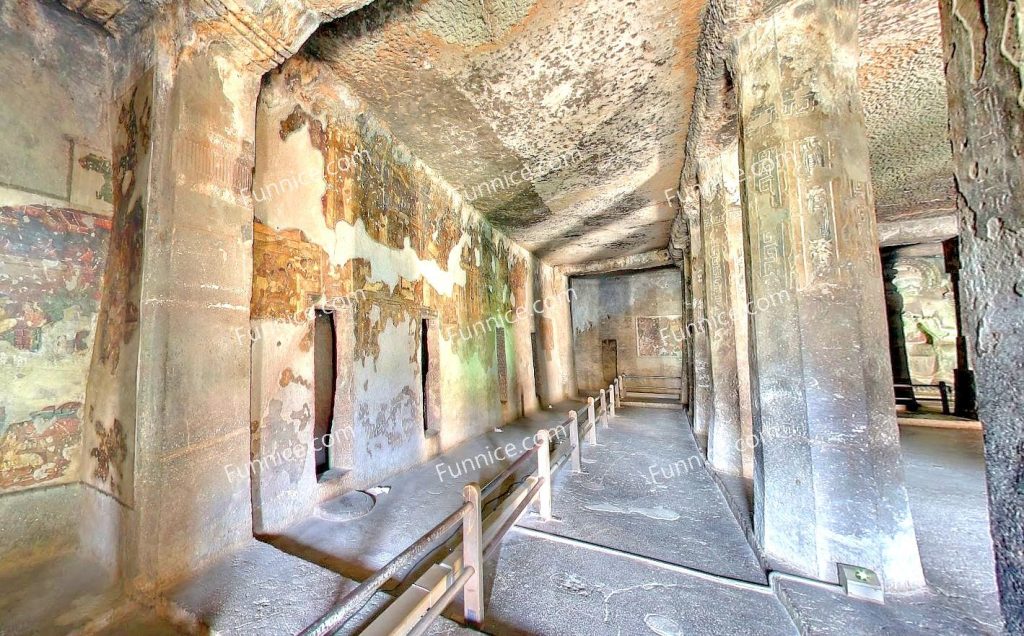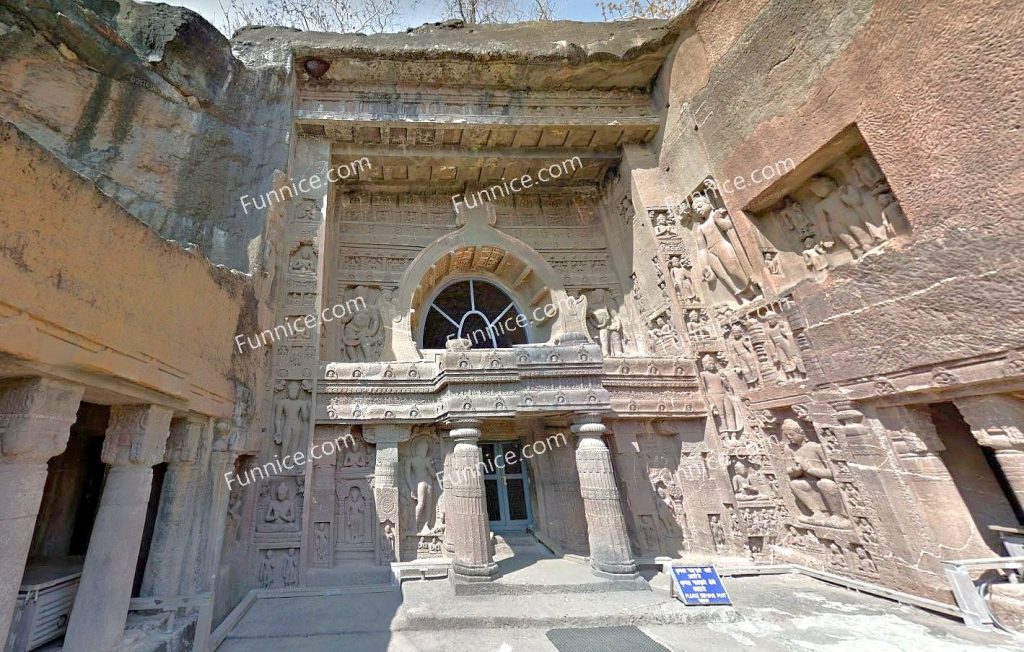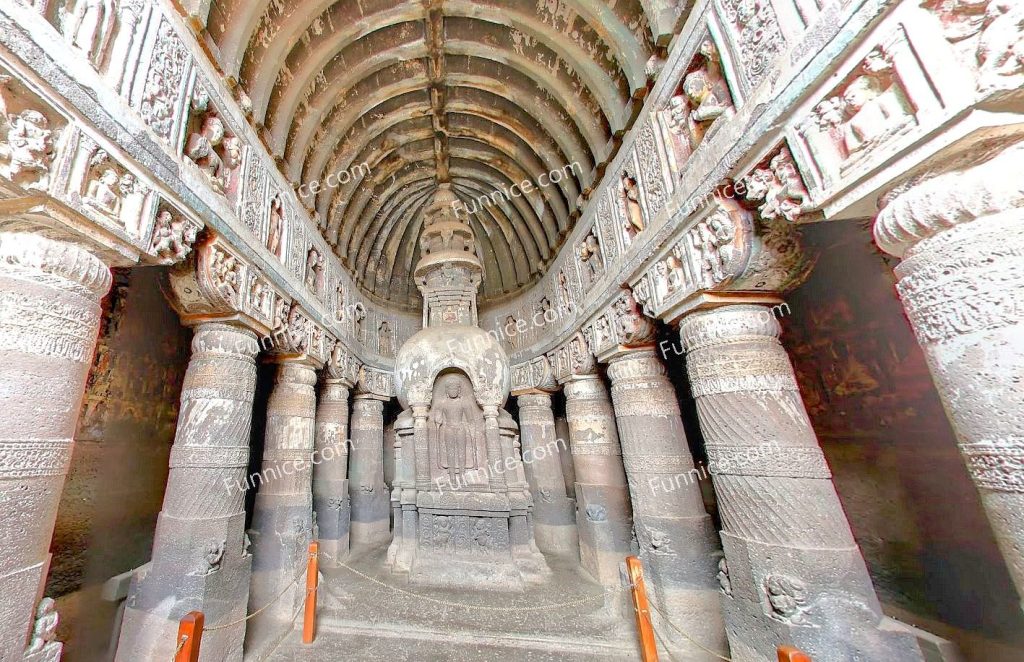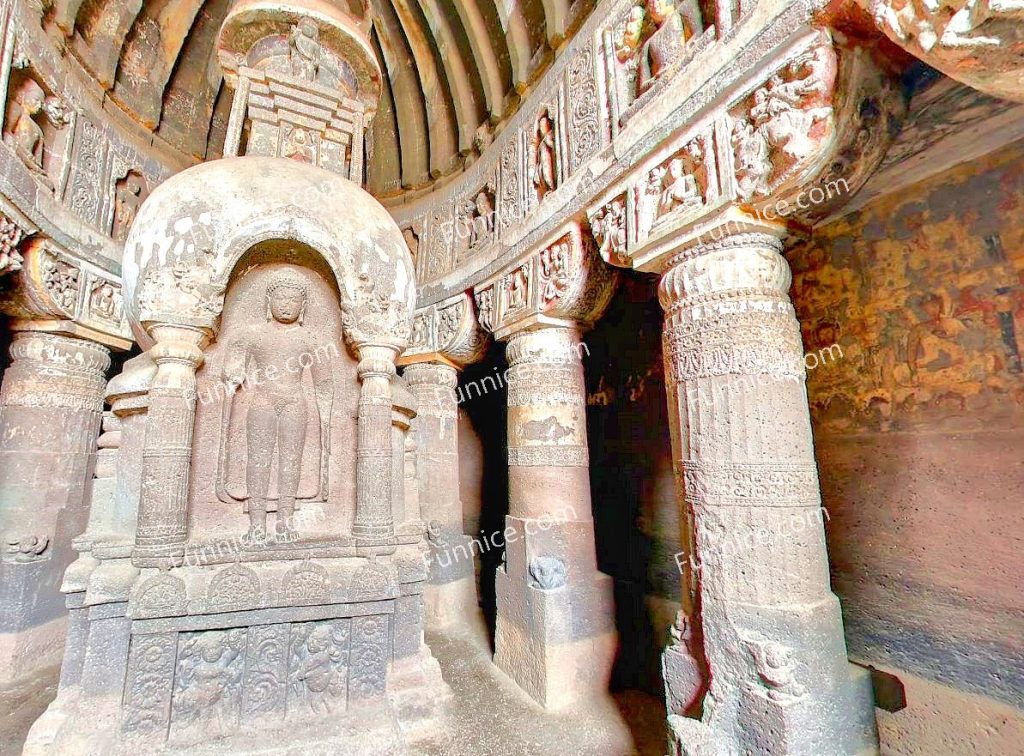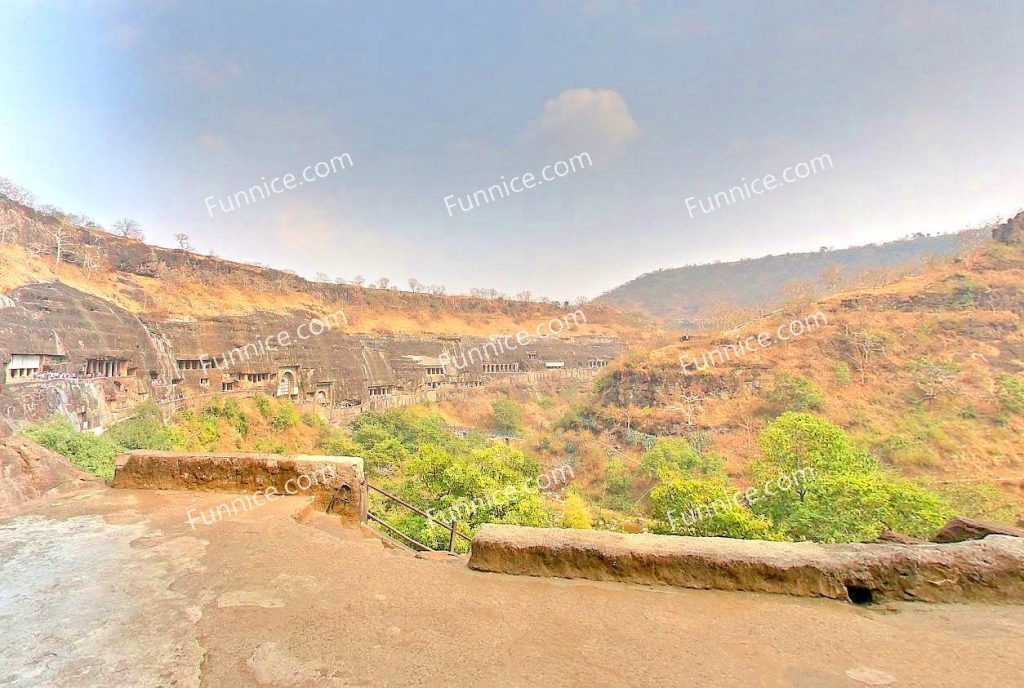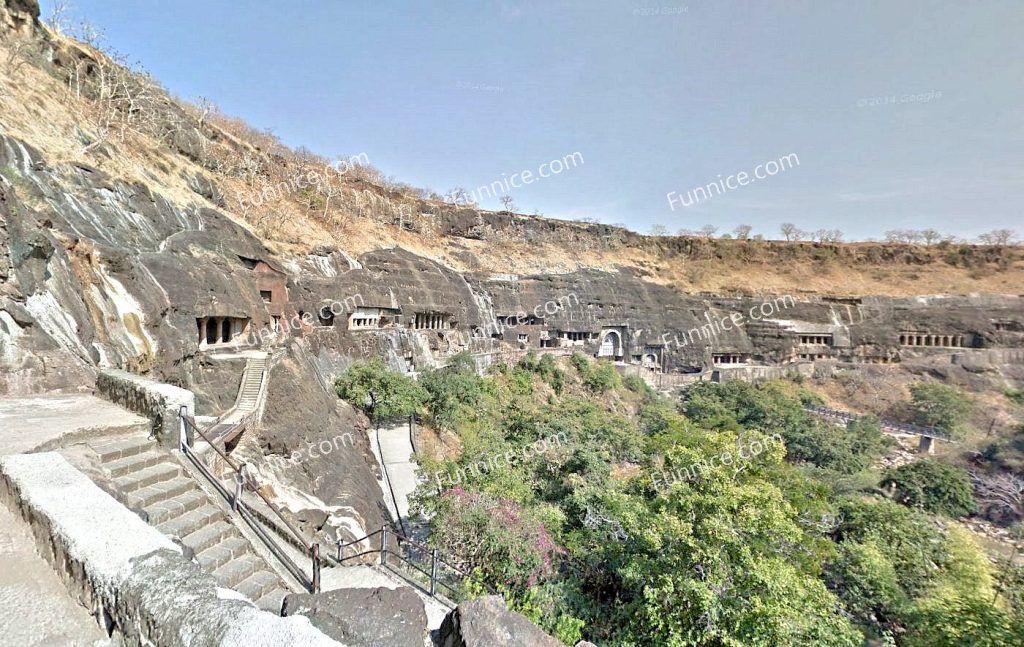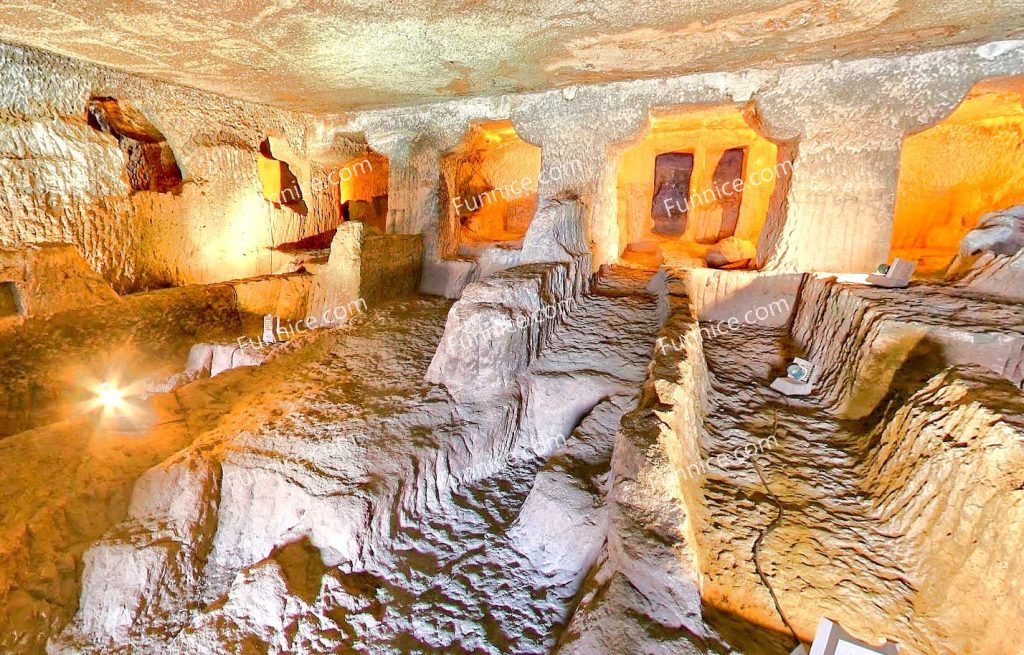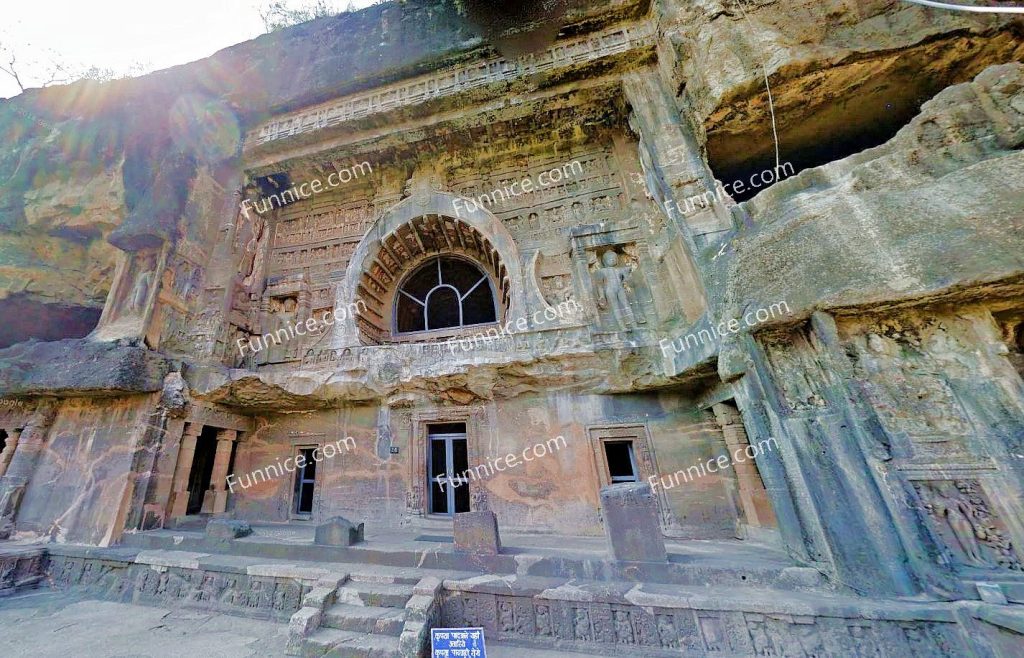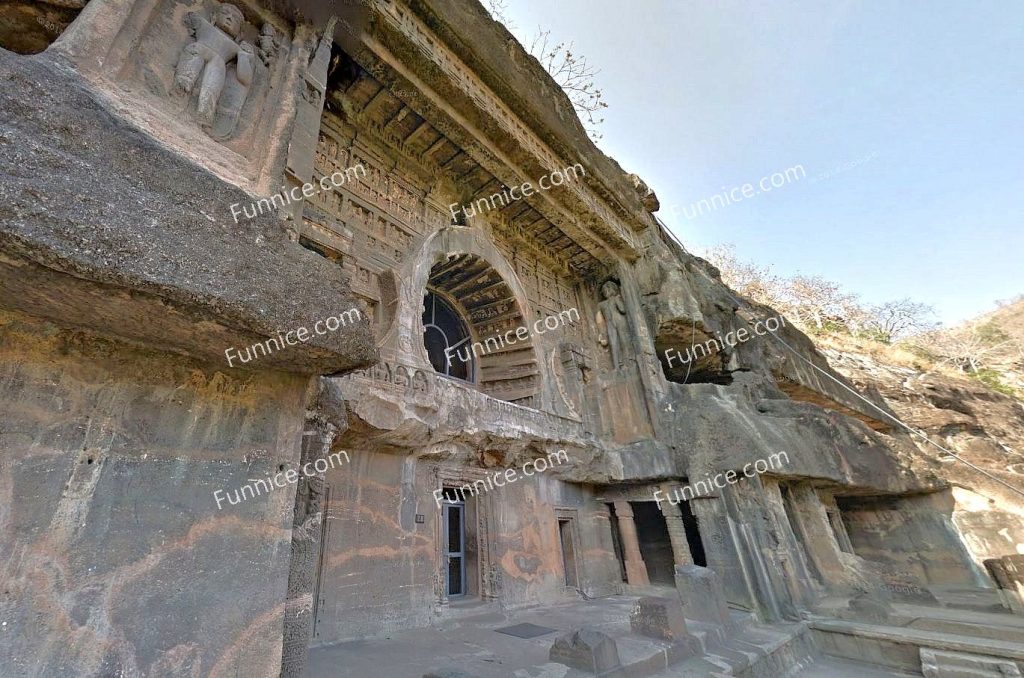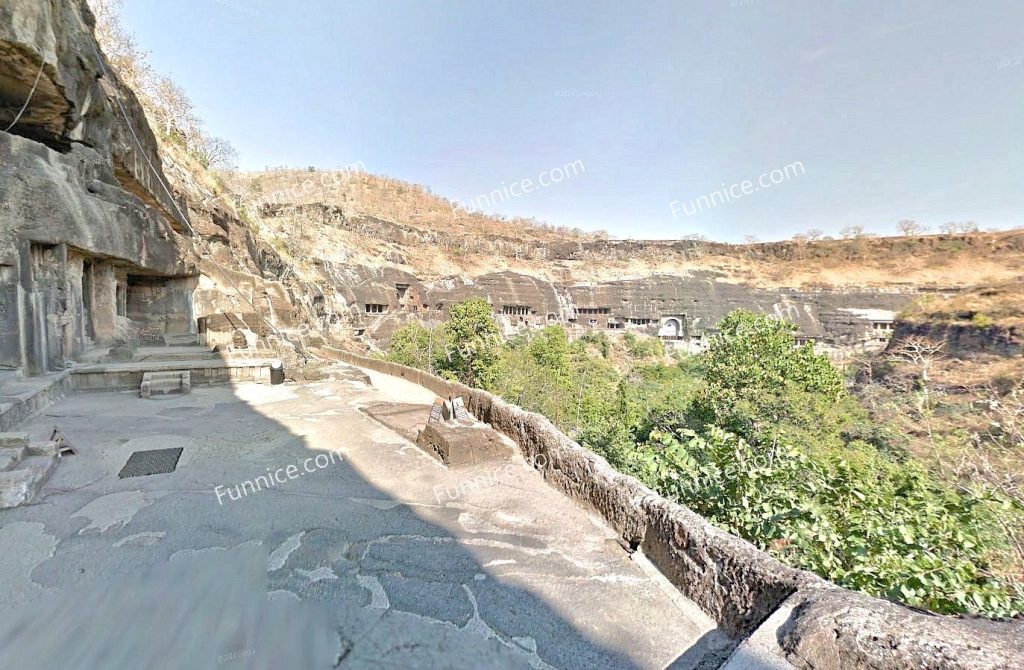Ajanta Caves: A Glorious Treasure of Indian Buddhist Art
Hidden within the rugged valleys of Maharashtra, India, the Ajanta Caves stand as a time-frozen treasury, witnessing the rise, zenith, and decline of Buddhism in India while showcasing the pinnacle of ancient Indian art. These caves, carved between the 2nd century BCE and the 6th century CE, are adorned with exquisite murals, sculptures, and architectural wonders, making them a masterpiece of Buddhist artistry. Recognized as a UNESCO World Heritage Site, the Ajanta Caves continue to attract scholars and travelers alike, eager to explore their historical and artistic significance.
The Spread of Buddhism and the Birth of Ajanta Caves
The history of the Ajanta Caves dates back to the 2nd century BCE when Buddhism was flourishing in India, strongly supported by ruling dynasties. Emperor Ashoka (r. 268–232 BCE) of the Maurya Empire played a crucial role in spreading Buddhism across the Indian subcontinent. Though the Ajanta Caves were constructed after his reign, his influence laid the foundation for the development of Buddhist art. During the 1st century CE, the Kushan emperor Kanishka I (r. 127–150 CE) further promoted Buddhism, making it one of the dominant religions of India and facilitating the first phase of Ajanta’s construction.
The caves from this period, associated with Theravāda (Hinayana) Buddhism, primarily served as monasteries and worship halls for monks. Their architectural style was simple, with stone-carved structures mimicking wooden architecture, and they housed stupas for veneration. The caves numbered 9, 10, 12, and 13 are representative of this phase, featuring modest carvings that reflect the ascetic lifestyle of Buddhist monks.
The Golden Age of Ajanta under the Gupta Empire
Ajanta entered its most glorious phase during the 5th to 6th centuries CE, coinciding with the peak of the Gupta Empire. The Gupta period is often regarded as the Golden Age of Indian civilization, marked by remarkable advancements in art, religion, literature, and science. Buddhist rulers such as Kumaragupta I and Skandagupta generously patronized the construction of Ajanta, transforming it into a vibrant center for Buddhist faith and artistic expression.
During this phase, Mahāyāna Buddhism gained prominence, emphasizing the divine nature of the Buddha. Consequently, the caves began to feature grand Buddha statues, Bodhisattva sculptures, and mesmerizing murals. The murals, painted with delicate strokes and vibrant colors, narrate the Jataka Tales, which illustrate the past lives of the Buddha, as well as scenes of courtly life and mythical legends. Notable examples include Cave 1’s depiction of Padmapani Bodhisattva, a masterpiece showcasing the artistic brilliance of the period.
Architecturally, the caves became more sophisticated, featuring spacious prayer halls, intricately carved pillars, and elaborate relief sculptures. One of the most iconic representations of this period is the reclining Buddha in Cave 26, symbolizing his Mahāparinirvāṇa (final enlightenment). This colossal sculpture, carved with remarkable precision, captures the profound serenity of the Buddha’s passing.
The Decline of Buddhism and the Abandonment of Ajanta
Despite its grandeur, Ajanta’s prominence was short-lived. By the 7th century CE, Hinduism experienced a resurgence, leading to the decline of Buddhism in India. With the fragmentation of the Gupta Empire, royal patronage for Buddhism dwindled, and the religion lost its foothold. Harsha (r. 606–647 CE) was the last great Indian ruler to support Buddhism, but after his death, Buddhism’s influence rapidly waned.
By the 8th century, Islamic forces began making inroads into India, further accelerating Buddhism’s decline. Many Buddhist monasteries and cave temples were abandoned, and Ajanta, once a thriving religious hub, was reclaimed by dense forests. It remained hidden for centuries, forgotten by the world until 1819, when British officer John Smith accidentally rediscovered the caves during a hunting expedition. His discovery sparked global interest in Ajanta, leading to its recognition as one of the most significant archaeological and artistic sites in the world.
Conclusion: The Historical Significance of Ajanta Caves
The Ajanta Caves are not just a repository of Buddhist art but also a monumental chronicle of India’s historical transformations. Their creation was deeply intertwined with the expansion of Buddhism under the Maurya and Kushan empires, their golden era flourished under the Gupta dynasty, and their decline mirrored the resurgence of Hinduism and the political shifts in medieval India.
Today, these caves continue to captivate the world with their unparalleled artistic value and historical depth. Walking through the Ajanta Caves feels like stepping back in time, witnessing the grandeur of an ancient Buddhist sanctuary and the intricate narratives carved into stone. As a UNESCO World Heritage Site, Ajanta stands as a testament to India’s rich cultural and religious history, inviting visitors to uncover the stories hidden within its sacred walls.
